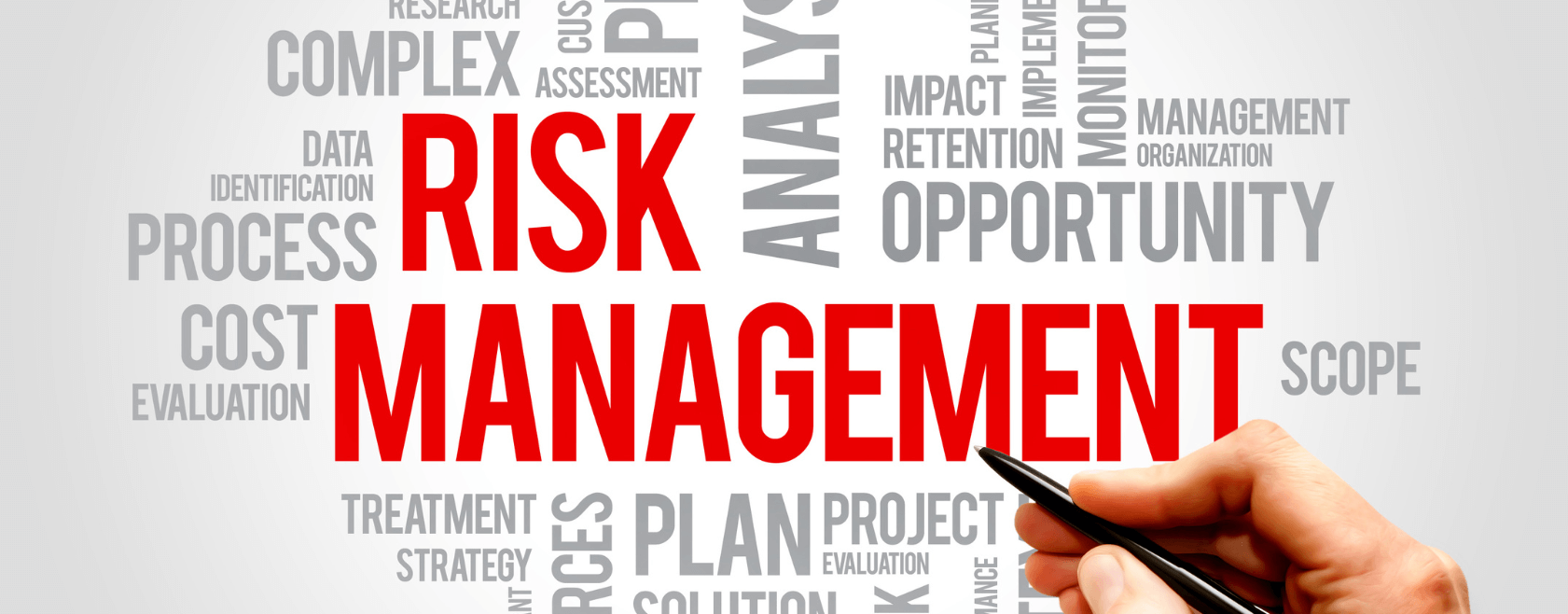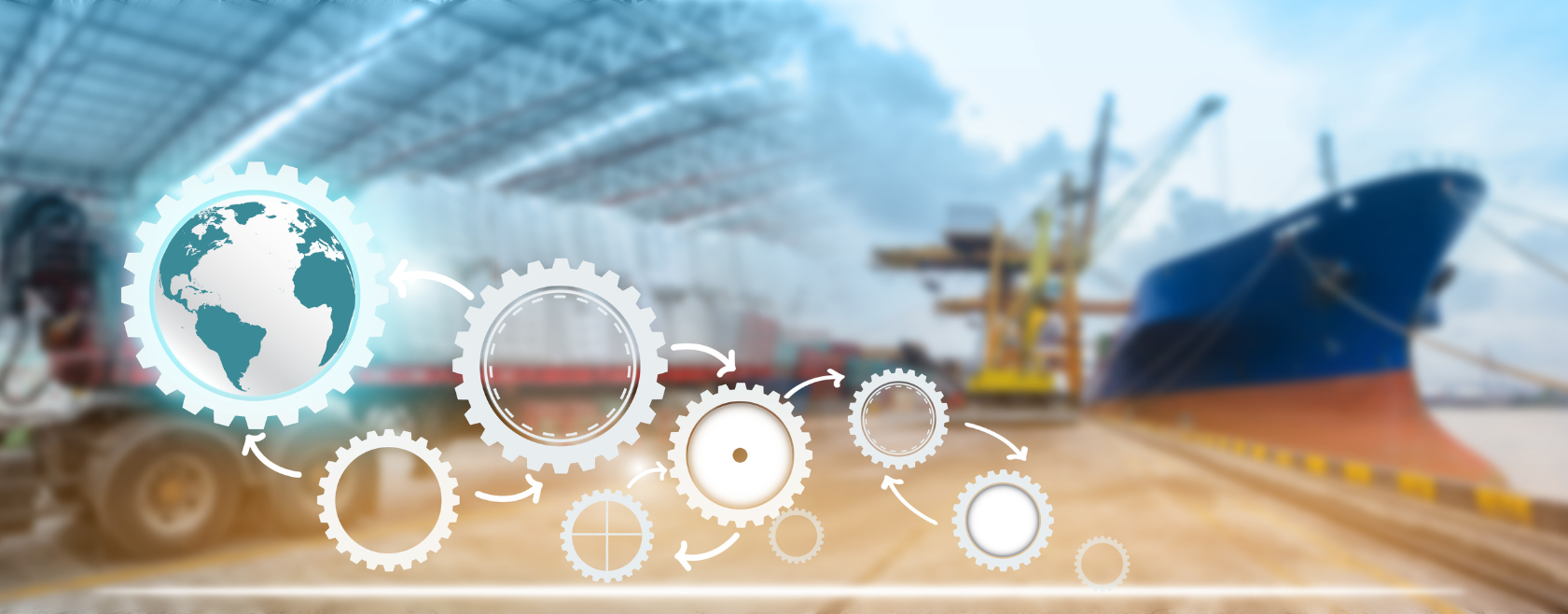How the Omni-Channel Revolution is Impacting CPG & Retail Supply Chains
What Does Omni-Channel Mean?
Omni-channel has become quite the buzzword, and its growth has been dubbed the “Onmi-channel Revolution.” Omni-channel, at its core, is the multi-faceted way customers receive their products. Customers can receive products online and in-store and request any accommodation in between.
Omni-channel is changing the way customers get items, and how they are exposed to brands and products. Adapting to Omni-channel means adjusting direct sales, as well the online presence of a company. A company’s website invites customers to research their desired products before they find them in stores or order them online. Omni-channel exposes customers to companies and products in multiple ways, driving sales differently than before.
These changes are specifically impacting consumer packaged goods (CPG) and retail. As omni-channel grows in popularity, customers have more stringent expectations for receiving their day-to-day products. Retail stores have to meet same-day, next-day or two-day shipping expectations, while the demands of omni-channel require companies to find new ways to ship inventory.
In-store purchases were once the primary source for customer demand in CPG and retail, making communication a linear process between stores, carriers, and manufacturers. Omni-channel integrates the source of demand with stores and manufacturers. This integration requires new forms of communication and supply chain processes so that carriers can execute shipments in a way that meets the needs of both customers and stores.
Why is Omni-Channel Important for CPG and Retail
Customer demands and expectations have experienced a major shift with the growth of technology. The changes in cultural shopping habits over the course of the 2020 lockdowns have also had a big impact. Customers rarely go into retail and grocery stores without an idea of what they’re looking for because they use online resources to search for their desired product.
With the growth of online shopping, customers have expectations regarding what they will receive when they walk into a store. The fastest-growing form of retail sales is through omni-channel, as customers often buy something online and choose to pick it up in-store or have it delivered right to them. Customers are also more likely to be loyal to companies that offer greater convenience and efficiency.
CPG companies have to continually improve their omni-channel options to maintain and expand their customer base. If CPG companies do not provide customers with multiple ways to receive products, they will lose sales and become increasingly irrelevant. For companies to adapt, they have to change many of their processes, starting with the supply chain.
What Does This Mean for CPG and Retail Supply Chain?
The process of shifting towards omni-channel is much harder for companies than it is for customers. Omni-channel brings challenges for the supply chain to meet customers’ high demands, while there is low visibility and communication between retailers and CPG companies.
Many retailers have been influenced by the “Amazon Effect.” The convenience of Prime shipping, which results in retail and CPG products arriving at a customer’s doorstep in one to two days, has heightened customer expectations. Retailers and CPG companies like Apple, Nokia, and Johnson & Johnson have adapted and optimized their supply chain to provide 2-day delivery, though it isn’t so easy for some companies.
The companies that have expanded their physical stores rather than their omni-channel capabilities will be worse off in the long run. Without as much need for in-person stores, there is more pressure on retail manufacturers and carriers to meet inventory and lead time expectations. Companies are reconfiguring their supply chain to meet these needs and trying to do so in the most cost-efficient way to save money while gaining customers.
The common linear processes of the supply chain do not meet the requirements of omni-channel delivery. If there are independent processes in the supply chain, they run the risk of uninformed decision-making causing disruptions down the line. A supply chain that works seamlessly in omni-channel is molded around each company. The growth and popularity of omni-channel systems are due to their ability to meet a customer’s specific needs. This basis of omni-channel must translate throughout the supply chain to gain success. If a supply chain does not base its processes around its market, it will make distribution costs rise and diminish profits.
Implementing Omni-Channel Supply Chain Strategies
Omni-channel is changing the way supply chains meet retailer and customer demands, which requires big changes in the supply chain’s processes. This is not an easy task, as it’s not just improving communication, but rather changing how the different aspects communicate. Supply chains cannot simply adjust current processes to meet customer demands, as it can result in costing more money and losing profit. Processes that are rooted in meeting the customer’s needs can save costs and improve cash flow.
Companies must pay attention to what their customer base is looking for, as it could be different from their competitor’s customer base. Omni-channel options have introduced new customer expectations like same-day shipping, though that’s a rather expensive expectation to meet. Some customer bases want the same-day shipping option, but if your customer base finds that less important than good prices, your company doesn’t have to extend itself and potentially lose profit. Customers may want a lower shipping cost instead, and your company’s efforts may be better spent finding processes that provide that.
With omni-channel, customers can order their products at any time, and request to receive them in multiple ways. Customer requirements are becoming more specific every day, requiring companies to find new ways to predict demand, like predictive analytics.
Properly managed predictive analytics is the closest a company can get to understanding customer needs. Analytics show a company how to best provide value to customers, and how to improve supply chain visibility, cash flow, and performance. Companies that use predictive analytics can be proactive with omni-channel, and use it as an asset. The basis of analytics is collaboration, which will improve a company’s flexibility to work with omni-channel.
Analytics and Omni-Channel
On a broad scale, omni-channel requires supply chains to adapt to customer demands differently. This creates a shift in all sections of the supply chain, with visibility of the products, freight uptime, and communication with the manufacturer, shipper, and consumer. Predictive analytics is the first step towards implementing these processes.
Predictive analytics integrates systems and enhances collaboration, allowing further communication and visibility between different aspects of the supply chain and identifying trends and opportunities for savings. Predictive analytics can boost omni-channel capabilities by identifying disruptions and finding their root cause. Companies with predictive analytics can drill down on the cause of their disruptions and implement solutions and alerts when it occurs again. Companies can view the worst case scenario if something goes wrong, and see how to work towards the best possible outcome in the future.
Companies that implement predictive analytics can boost their internal processes by tracking performance and minimizing disruptions, which will ultimately translate to a better customer experience. Omni-channel makes customer expectations of efficiency and convenience a reality, which companies can only achieve if they are proactive and optimize their methods.
How Can Trax Help?
Omni-channel allows customers to access products online at any time of day, which has led to omni-channel retail transportation management operating 24/7. This changes the way the transportation network operates and brings complexities for truckload and parcel carriers all the way to last-mile delivery. Trax’s services can enhance your company’s omni-channel capabilities by providing high-tech solutions and network design analysis.
Trax’s Transportation Spend Management solutions will give your company accurate data analysis, optimize your technology and processes with automation, lower your costs, and diminish disruptions by making your company proactive. With these improvements as the basis for spend management, your company can be more flexible and adaptive to meeting customer satisfaction, and save you money while improving your omni-channel capabilities.

Trax Technologies
Trax is the global leader in Transportation Spend Management solutions. We partner with the most global and complex brands to drive meaningful optimizations and savings through industry-leading technology solutions and world-class advisory services. With the largest global footprint spanning North America, Latin America, Asia, and Europe, we enable our clients to have greater control over their transportation performance and spend. Our focus is on your success.





